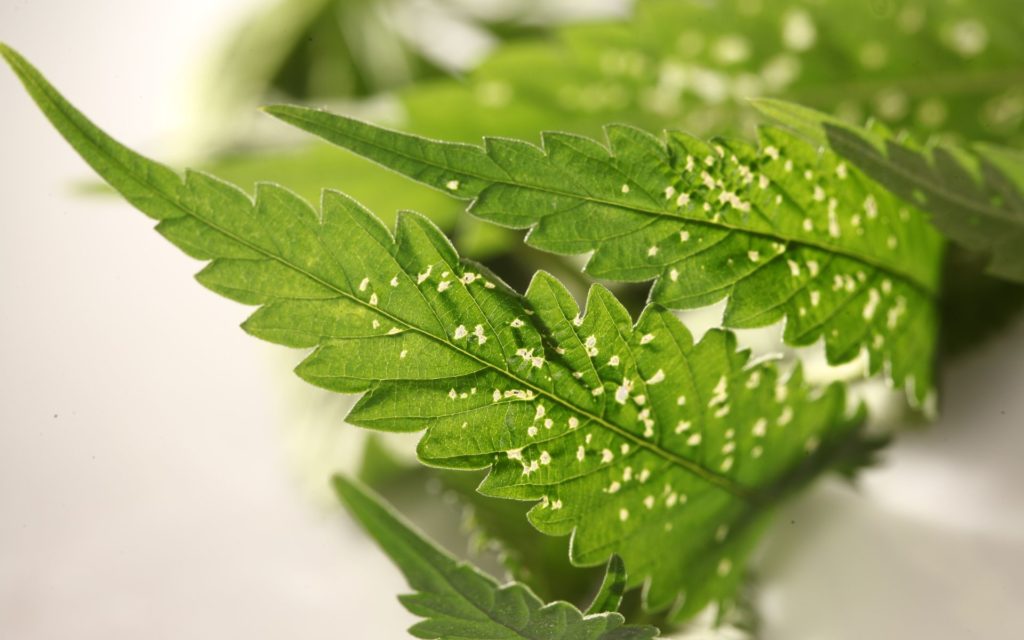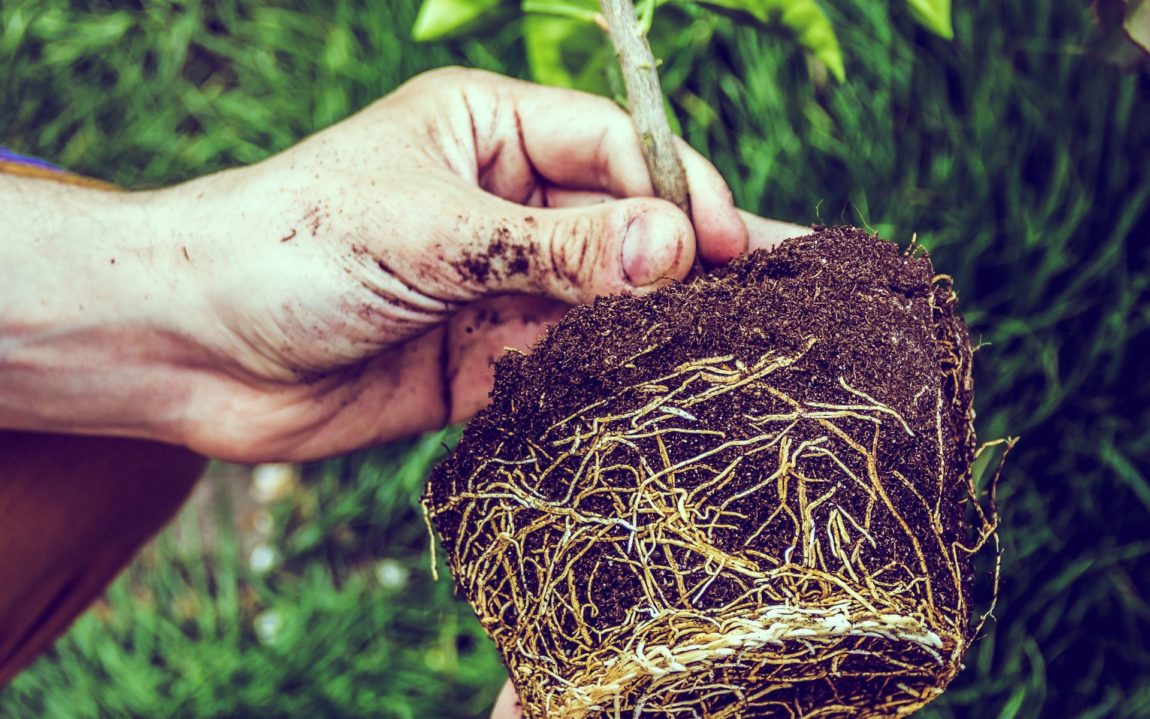Growing your own cannabis can be a fun and rewarding experience. But like all other plants, cannabis plants are susceptible to disease and pests. The most common and damaging problems start beneath the surface, in the roots.
In this post, we’ll take a look at some of the most common cannabis root problems and how to troubleshoot them. We’ll also give some tips on how to keep your roots healthy in the first place. By the end of this post, you should have a good understanding of how to keep your cannabis roots healthy and happy.
The Importance of Healthy Cannabis Roots
Healthy cannabis roots are vital to the overall health of the plant. They take in water and nutrients from the soil, anchor the plant in place, and store energy for future growth.
When roots are unhealthy, it can lead to a number of problems including nutrient deficiencies, pest infestations, and root rot.
Troubleshooting Common Problems with Cannabis Roots
Now that we’ve talked about the importance of healthy roots, let’s look at some of the most common problems and how to troubleshoot them.
Troubleshooting Root Rot
Root rot is a serious problem that can kill your plant in any of its stages of development. It’s caused by a variety of fungi that attack the roots and cause them to decay.
Early signs of root rot:
- Wilting leaves
- Discolored leaves
- Stunted growth
If you think your plant has root rot, it’s important to act quickly and begin treatment right away. If left untreated, root rot can kill a plant in just a matter of a few days!
Troubleshooting tips for root rot:
Examine the roots: The first step is to take a look at the roots. Healthy roots are white or light-colored. If they’re discolored or have dark patches, it’s a sign of root rot.
Remove affected roots: Once you’ve identified which roots are affected, you’ll need to remove them. This can be done with a sharp knife or a small pair of scissors. Be sure to disinfect the blade between each cut to prevent the spread of the infection.
Treat with a fungicide: There are a variety of fungicides available that can be used to treat root rot. Choose one that’s labeled for use on cannabis plants and follow the instructions on the package.
Add organic matter to the soil: Once you’ve treated the root rot, you should consider topping off the soil with some organic matter. This will help improve drainage, encourage healthy root growth, and help prevent future infections.

Troubleshooting Pest Infestations
Pests are another common problem that can affect cannabis roots. Common pests that attack cannabis plants include aphids, whiteflies, and spider mites. These pests can damage roots and lead to a number of problems such as stunted growth or yellowing leaves.
Early signs of pest infestations:
- Insects in the soil
- Yellowing leaves
- Stunted growth
If you notice any of these signs, you should take a closer look at your plant’s roots.
Troubleshooting tips for pest infestations:
Remove the affected roots: If you see any insects or damaged roots, you’ll need to remove them from the plant. This will help prevent the spread of the infestation.
Treat with an insecticide: There are a variety of insecticides available that can be used to treat root pests. Choose one that’s labeled for use on cannabis plants and follow the instructions on the package.
Relocate the plant: In some cases, it may be necessary to relocate the plant to a new pot or area. This is especially true if the source of the infestation is in the soil.
Troubleshooting Nutrient Deficiencies
Fortunately, nutrient deficiencies are relatively easy to troubleshoot. The first step is to test the soil to see what nutrients are lacking. You can do this with a simple soil test kit that you can purchase at your local nursery or garden center. Once you’ve identified the nutrient deficiency, you can try some of the troubleshooting tips below.
Early signs of nutrient deficiencies:
- Yellow or light green leaves
- Stunted growth
- Thin stalk
- Poor root development
If you notice any of these signs, it’s a good idea to test the soil for nutrient deficiencies.
Troubleshooting tips for nutrient deficiencies:
Add organic matter to the soil: One of the best ways to improve nutrient uptake is to add organic matter to the soil. This can be in the form of compost, manure, or other organic materials.
Use a fertilizer: If the soil is deficient in a specific nutrient, you can use a fertilizer that has a high concentration of that nutrient. Be sure to follow the instructions on the package, as too much fertilizer can be just as bad as too little.

Troubleshooting Overwatering
When roots are overwatered, they can become waterlogged and suffocate. This can lead to a variety of problems, including nutrient deficiencies, root rot, and stunted growth.
Early signs of overwatering:
- Waterlogged soil
- Browning tips of leaves
- Shedding leaves
Troubleshooting tips for overwatering:
Allow the soil to dry out: One of the best things you can do for overwatered roots is to allow the soil to dry out. This will help reduce the risk of root rot and encourage the roots to start absorbing nutrients again.
Aerate the soil: Another way to help overwatered roots is to aerate the soil. This can be done with a garden fork or a small hand tiller. Be sure to aerate the entire root zone, not just the top layer of soil.
Repot the plant: In some cases, it may be necessary to repot the plant. This is especially true if the roots are waterlogged and have started to rot.
Troubleshooting pH Imbalance:
pH stands for “potential hydrogen” and is a measure of the acidity or alkalinity of a solution. The ideal pH range for cannabis roots is 6-7 (slightly acidic). However, if the pH level gets too far out of this range (either too high or too low), it can cause problems for roots.
Early signs of a pH imbalance:
- Stunted growth
- Nutrient deficiencies
- Leaf drop
If you notice any of these signs, it’s a good idea to test the soil for a pH imbalance. You can do this with a simple soil test kit that you can purchase at your local nursery or garden center.
Troubleshooting tips for a pH imbalance:
Add organic matter to the soil: One of the best ways to improve soil pH is to add organic matter to the soil. Depending on the type of organic matter you use, it can either raise or lower the pH level.
Use a fertilizer: Another way to adjust the pH level is to use a fertilizer that has a high concentration of the nutrient you want to adjust. For example, if you want to raise the pH level, you would use a fertilizer with a high concentration of calcium.
Adjust the watering: The final way to adjust the pH level is to change the way you water your plants. If you want to raise the pH level, water with distilled water or rainwater. If you want to lower the pH level, water with tap water.
Conclusion
Cannabis roots are important for the health of your plant. And just like all other types of plants, they can run into problems from time to time. By getting to know the early symptoms of problems with the roots of your cannabis plant and with some simple troubleshooting tips, you can keep your plant healthy and happy.





No Comments